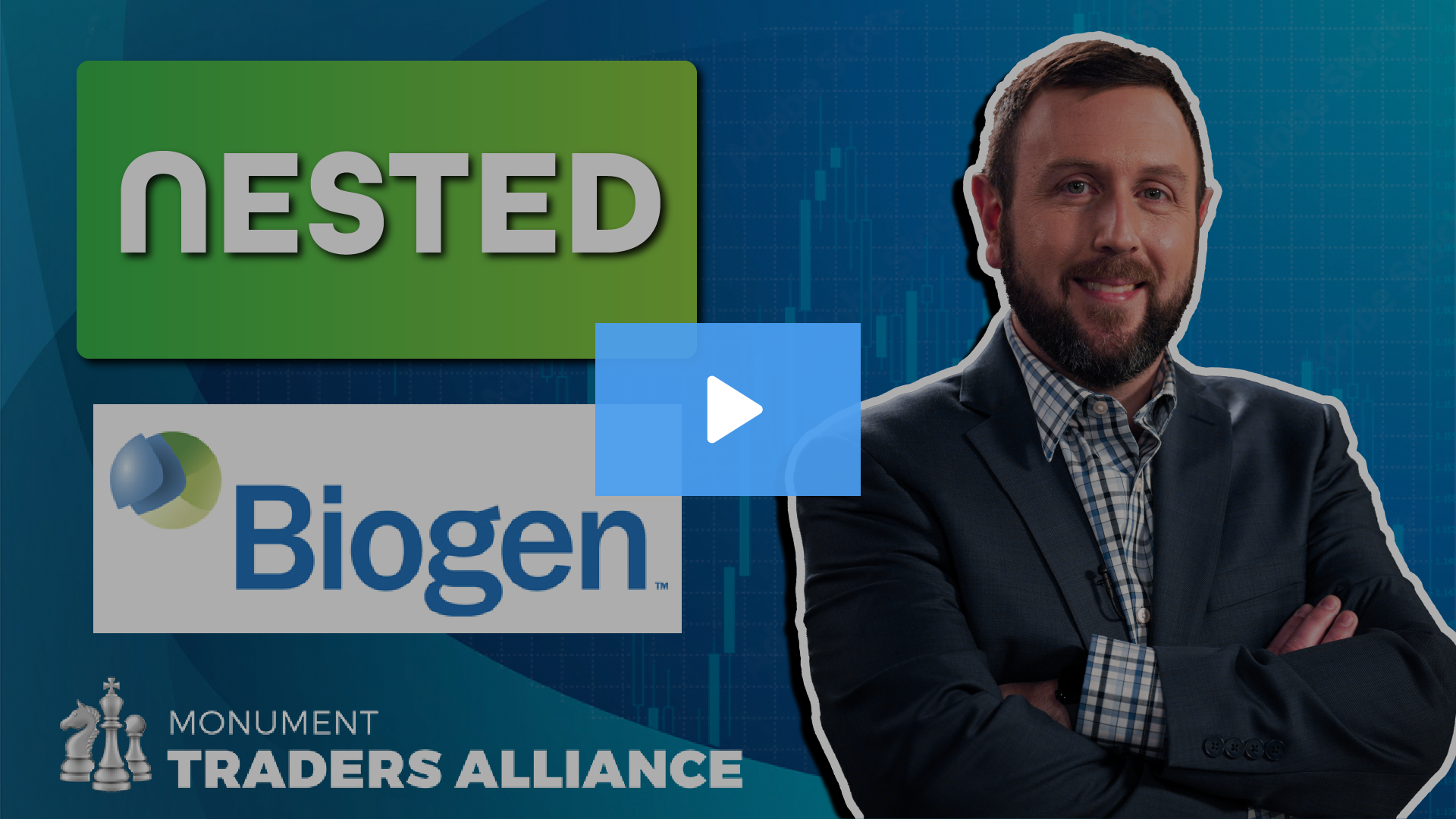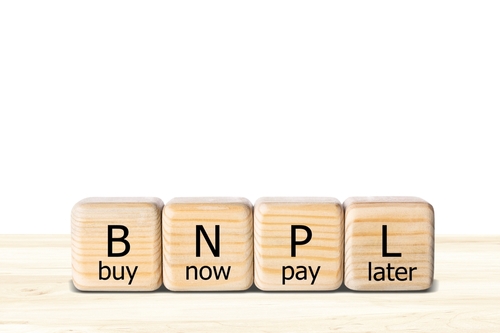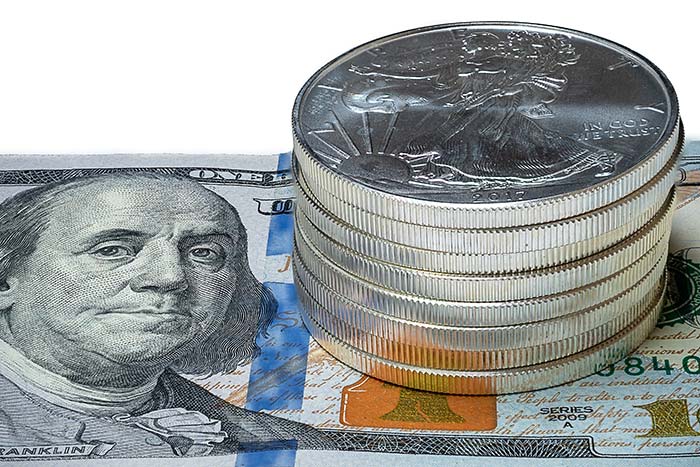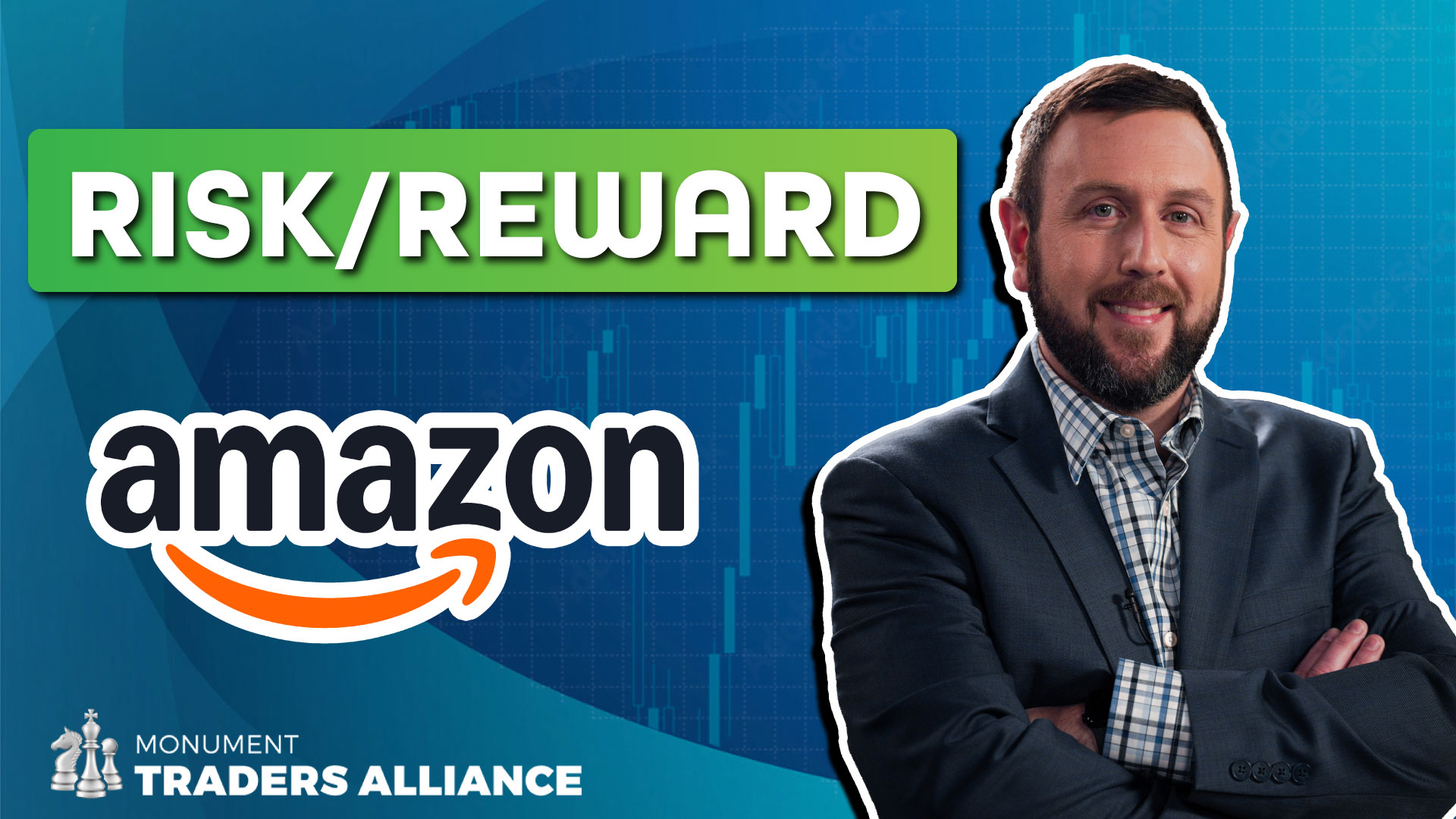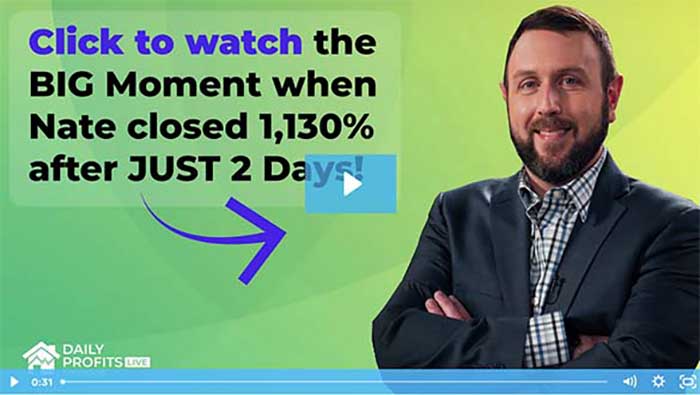The Hidden Gem in a Rate-Cut Market
The July CPI numbers rolled in this morning, showing a 2.9% year-over-year increase. That’s a tad lower than the 3.0% the experts were calling for.
But here’s where it gets interesting:
Futures are now pointing to a 56.5% chance of a 25 basis point Fed rate cut in September. And get this – there’s even a 43.5% chance of a 50 basis point cut.
What does this mean for us?
Well, it’s setting up a perfect storm for one of my favorite income plays: preferred stocks.
What Are Preferred Stocks, Anyway?
Preferred stocks are like a hybrid between stocks and bonds. They’re called “preferred” because their dividends get paid out before common stock dividends.
They’re still stocks, so the company doesn’t have to pay the dividend if times get tough, but they’re a lot more reliable than common stock dividends.
Here’s the cool part: preferred stocks usually pay a fixed dividend. That means you know exactly what you’re getting, kind of like a bond. But unlike most bonds, preferred stocks can also go up in price, giving you a shot at capital gains.
Preferred Stocks: Not Just One Flavor
Preferred stocks aren’t just one thing. They come in different flavors, and you need to know what you’re dealing with.
First, you’ve got your standard preferred stocks. These are the plain vanilla version, paying a fixed dividend forever unless the company calls them back.
Then there’s convertible preferred stocks. These are interesting because they can be converted into a set number of common shares. It’s like having a foot in both worlds – you get the steady income of a preferred stock, but also a potential upside if the common stock takes off.
You’ve also got callable preferred stocks. The company can buy these back after a certain date at a set price. This is important to know because it can limit your upside if interest rates fall and preferred stock prices rise.
And don’t forget about cumulative vs. non-cumulative preferreds. With cumulative preferreds, if the company skips a dividend payment, they owe you that money and have to pay it before paying any other dividends.
Non-cumulative?
You’re out of luck if they skip a payment.
It can get complicated, but that’s why I typically focus on the big boys- JPMorgan, Bank of America, Wells Fargo. These are solid companies with strong balance sheets. That’s important because remember, if the company goes belly-up, preferred stockholders are behind bondholders in line to get paid.
Par Value: The Magic Number
Now, let’s talk about something called par value. Most preferred stocks have a par value of $25. Think of this as the “sticker price” of the stock.
Here’s where it gets interesting. Preferred stocks can trade above or below this par value. If it’s trading below $25, we say it’s trading at a discount. Above $25? That’s trading at a premium.
Why does this matter?
Well, if you buy a preferred stock below par value, you’ve got potential for capital gains on top of your dividend payments. The stock price could rise towards that $25 mark, putting more money in your pocket.
On the flip side, if you’re buying above par value, you need to be careful. If the company can call back the stock at par value, you could end up losing money even if you’ve been collecting nice dividends.
Right now, with the market the way it is, we’re seeing some preferred stocks trading below par value.
That’s like finding money on the ground, folks. You get a higher yield because you’re buying in cheap, plus the potential for the price to rise back to par.
Why I’m Excited About Preferred Stocks Now
Look, with the Fed likely to start cutting rates soon, preferred stocks are looking pretty sweet. When interest rates go down, existing preferred stocks with higher yields become more attractive. That means their prices could go up.
In our Catalyst Cash-Outs Live Portfolio, we’ve got preferred stocks yielding between 5.3% and 5.7%. That’s nothing to sneeze at in today’s market.
But it gets better.
The Tax Advantage You Need to Know About
Here’s something a lot of folks miss: the dividends from preferred stocks are often taxed as qualified dividends, not as regular income.
In plain English, that means you’re probably going to pay a lower tax rate – around 15% to 20% for most people. Compare that to your regular income tax rate, and you’ll see why I’m excited.
The Liquidity Trade-Off
One thing you’ve got to understand about preferred stocks is that they’re generally less liquid than common stocks. That means they can be a bit harder to buy and sell, and you might see wider bid-ask spreads.
This isn’t necessarily a bad thing, but it’s something you need to be aware of. It means you might not want to use preferred stocks for short-term trading. They’re more of a buy-and-hold kind of investment.
The Risk Factor
Now, I don’t want you thinking preferred stocks are risk-free. They’re not. Remember, in the pecking order of who gets paid if a company goes belly-up, preferred stockholders are behind bondholders. You’re taking on more risk than with bonds, but less than with common stocks.
Also, most preferred stocks are issued by financial companies. That means you’re getting some sector concentration if you load up on them. It’s not necessarily bad – these are often solid, well-regulated companies – but it’s something to be aware of.
How They Fit in Your Portfolio
So where do preferred stocks fit in your overall investment strategy?
I see them as a great tool for income investors. They can provide higher yields than many bonds, especially on an after-tax basis, with the potential for capital appreciation.
But they’re not a replacement for bonds or common stocks. They’re a complement. Use them to boost your portfolio’s income while still maintaining a balanced, diversified approach.
Remember, in investing, there’s no such thing as a free lunch. Higher yields come with higher risks. But if you understand what you’re getting into, preferred stocks can be a powerful tool in your investment arsenal.
![]()
YOUR ACTION PLAN
As I mentioned earlier, preferred stocks are a staple of the Catalyst Cash-Outs Live Portfolio.
But that’s not all.
In Catalyst Cashouts Live, we break down exactly what we’re seeing in the market, why we’re making certain moves, and how you can position yourself to potentially profit. We’ve helped our members navigate some tricky markets, and we’re not stopping now.
If you’re not already a member, it’s time to get off the sidelines.
Join Catalyst Cashouts Live and get access to:
- Weekly live sessions where we break down the market
- Real-time trade alerts
- Our full portfolio of current positions
- A community of like-minded traders
Don’t let another opportunity like this preferred stock opportunity pass you by.
Head over to this link and join Catalyst Cashouts Live.
More from Trade of the Day
How Long Can This Silver Run Last?
Jan 15, 2026
Inside the Amazon Decision That Lost Millions
Jan 14, 2026
Fed Investigation Creates Trading Gold Rush
Jan 12, 2026


